What is the function of the extensometer on the electronic universal testing machine
2024-01-23
The construction principle of the electronic universal testing machine extensometer: The extensometer is composed of a dial gauge and a lever mechanism composed of a ball joint as the fulcrum. Grasp the ball joint extensometer with your hand, insert the sample into the gauge fork, and use pointed screws to clamp the sample tightly, so that the upper and lower gauge forks are connected to the sample as a whole. Under tensile force, the specimen elongates Δ L. During the deformation process of the sample, the upper gauge fork does not rotate, while the lower gauge fork rotates by a small angle due to the action of the ball joint. The distance from the center of the ball joint to the axis of the micrometer measuring rod is equal to twice the distance from the center of the ball joint to the axis of the specimen. So, the deformation reading of the dial gauge is twice the elongation of the sample axis within the gauge length. Due to the amplification factor of the dial gauge being 1000, the amplification factor of this extensometer is 2000. That is to say, when the long needle of the ball joint extensometer moves one grid, the sample elongates by 1/2000mm.
The operating steps and precautions for the extensometer on the electronic universal testing machine:
1. Adjust the gauge distance of the extensometer according to the actual needs of the measured sample size. Make the gauge length of the extensometer equal to the required gauge length of the measured specimen.
2. Install the sample in the upper and lower clamps of the universal testing machine. When testing the elastic modulus of materials, a certain initial load F0 (corresponding to 5% to 10% of the elastic deformation load) can be applied to the specimen. Then carefully install the extensometer on the sample, check whether the contact between the extensometer and the sample is appropriate, and whether the dial pointer rotates flexibly.
3. After confirming that the testing system is installed correctly, formal testing can be conducted.
4. Note 1) When installing the extensometer on the specimen, the longitudinal symmetry plane of the instrument should be in the same plane as the axis of the specimen as much as possible, and the gauge fork should not tilt left or right clearly. 2) The actual deformation of the sample should not exceed the range of the extensometer, otherwise the extensometer will be damaged. The extensometer on the electronic universal testing machine is an instrument used to measure the micro linear expansion and contraction deformation of the specimen. It generally consists of three basic parts, namely the sensing deformation part; Transmission and amplification parts; Display section. There are many types of extensometers, and now we will introduce two commonly used ones.
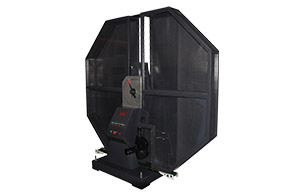 Pendulum impact testing machine
Pendulum impact testing machine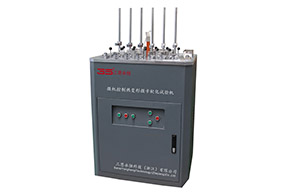 Plastic specific testing machine
Plastic specific testing machine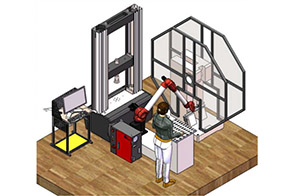 Automated testing plan
Automated testing plan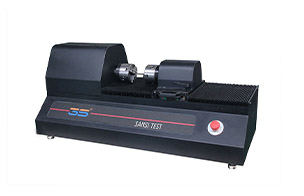 torsion testing machine
torsion testing machine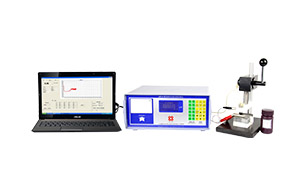 Coulomb thickness gauge
Coulomb thickness gauge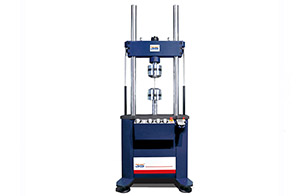 Dynamic fatigue testing machine
Dynamic fatigue testing machine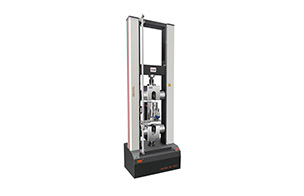 Electronic universal testing machine
Electronic universal testing machine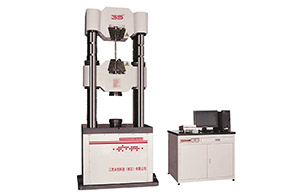 Electro hydraulic servo universal testing machine
Electro hydraulic servo universal testing machine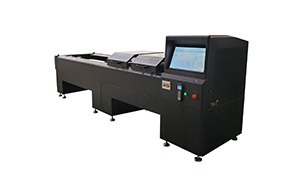 Horizontal tensile testing machine
Horizontal tensile testing machine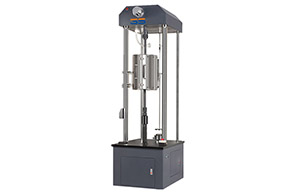 High temperature creep endurance testing machine
High temperature creep endurance testing machine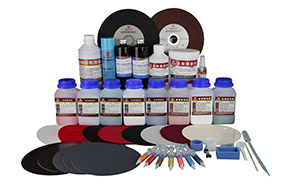 Metallographic auxiliary consumables
Metallographic auxiliary consumables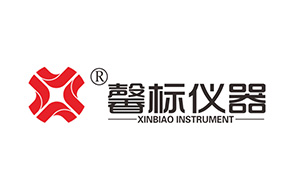 Xinbiao Instrument
Xinbiao Instrument





























